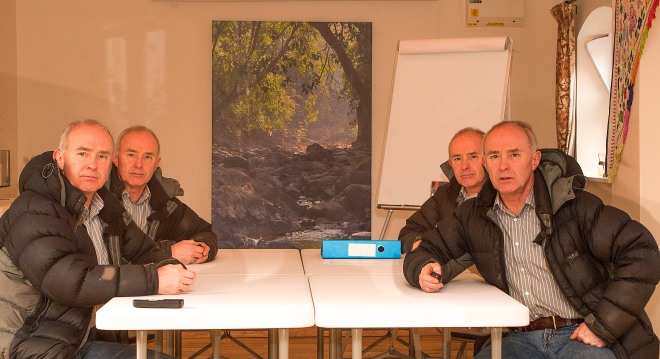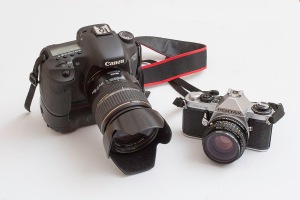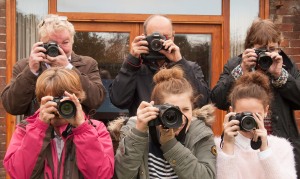I’ve been putting together more photography training courses over the last few days and it’s made me appreciate how we learn ‘stuff’.
Everything we know we have either picked up through experience or by formal education in one one form or another.
From the time we take our first breath we start to store up nuggets of information; from something as simple as learning that fires are hot and not to put our hand in the flames to more complicated life skills we take for granted, like filling in our tax return. There are no books or training courses to teach us these things, we either learn from making mistakes, trial and error or the guidance of a parent/sibling.friend etc.
Sometimes we acquire new skills almost without realising it or without meaning to, doing something repeatedly has that effect. We may be doing it wrong or ‘not by the book’ but if it suits our purpose then we’re happy. There are times when we want to get better at something – a hobby or interest, sport or pastime. We can read books, join a club, find some help on YouTube, and over time we’ll get better and no doubt enjoy it more as our skill improves. Or, we may get frustrated at our lack of progress, lose interest and give up.
However; when we really want to learn – either we have decided to take something seriously, or it’s too complicated (or dangerous) to simply pick up, or we need to be qualified/certified, or we haven’t got time to wait until we become good at it, then the formal route is the only way.
Our education process is geared up to giving us certain life skills, but in the main it’s designed to teach us the basics and stick labels on us depending on how far up the system we’ve progressed. We learn because we’re told to/have to and not because it floats our boat.
With photography, it’s one of those things that you can do without any training at all. You can pick a new camera out of the box and within minutes be clicking away. Digital makes it even easier as the results are instantaneous. How many, honestly, ever read the instruction manuals? Judging by those who’ve been on my ‘Introduction to Photography’ course – not many. Even those who have tried have admitted to giving up.
Teaching photography, at all levels, has made me realise how much more you get from being trained, attending a course and having someone take the time to explain things and let you try things out under supervision. I’ve had students come along with a modern, expensive DSLR and admit to still shooting on ‘auto’ because they’re frightened of changing anything in case they break the camera. All they need to know is in the manual but they just want someone to hold their hand through the process and be on hand when things don’t work out the way they wanted.
Part of the issue about learning any new skill – especially photography – is having the time to learn. So often if you are out and about with your camera and want to capture a great scene or record a ‘kodak moment’ it’s the lack of time to check the settings or the lack of knowledge about how to get the best shot that means you miss the chance.
Taking a day out of your schedule, with the sole intention of getting to grips with a skill that has thus far eluded you, is time well spent. Every training day I’ve run, whether one-to-one or a small group has been hugely satisfying. I never tire of seeing students beaming with delight as they take shots in ‘M’, knowing about metering and focusing, shutter speed and aperture, composition and perspective.
Feedback is almost universally positive with comments along the lines of “I’ve learned more in one day than I have in the last three years”. It all goes to prove; if you want to improve – get some training.





